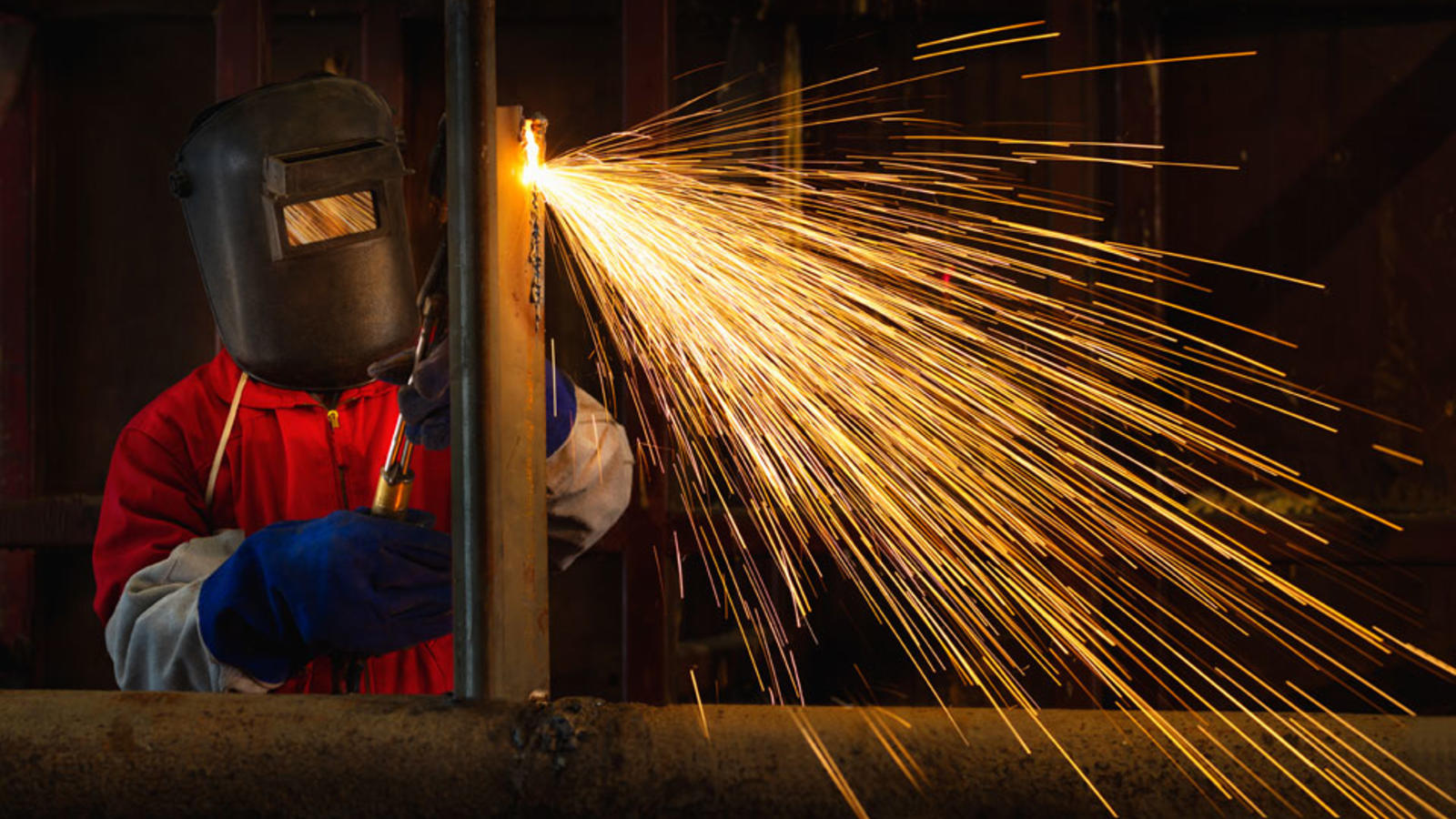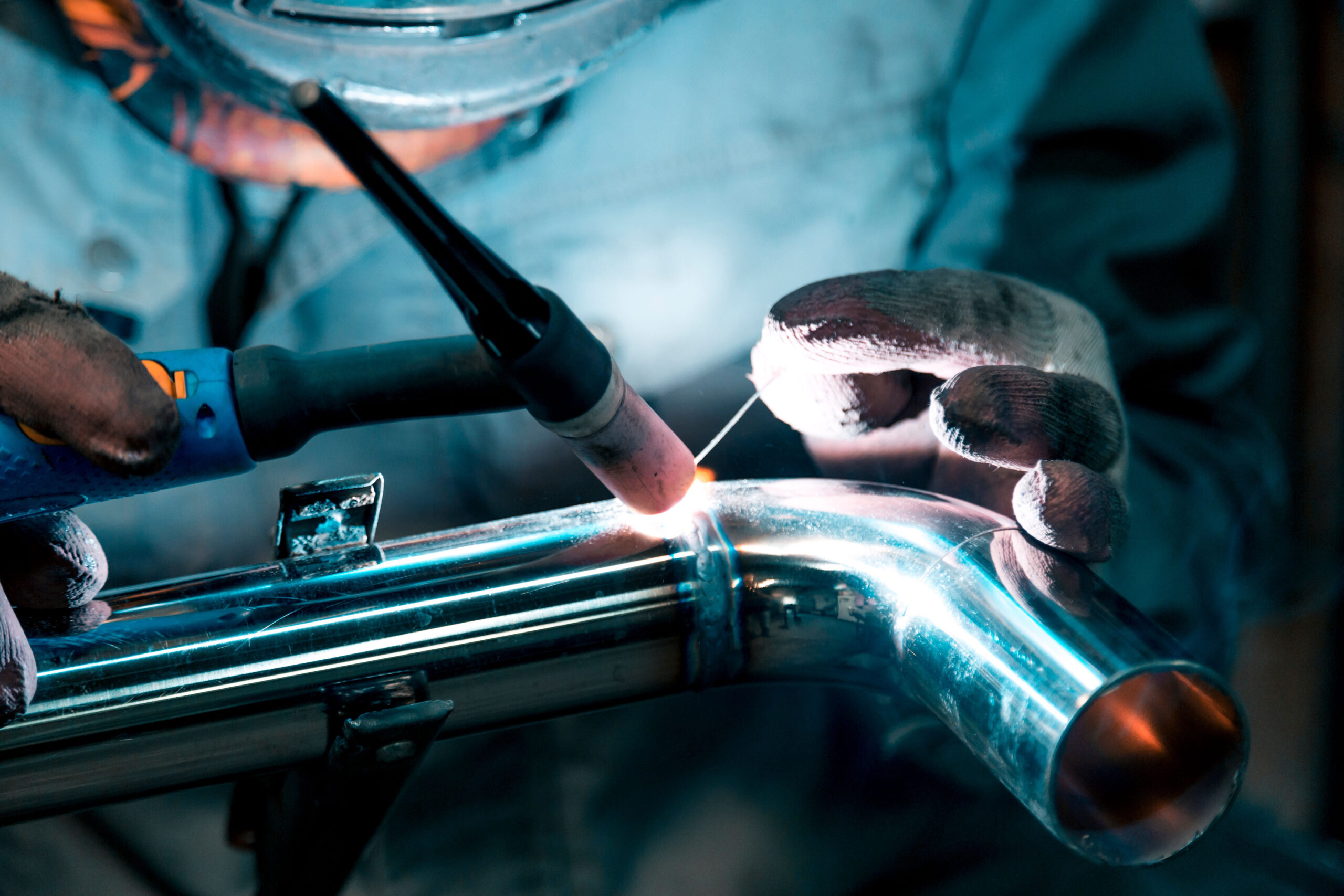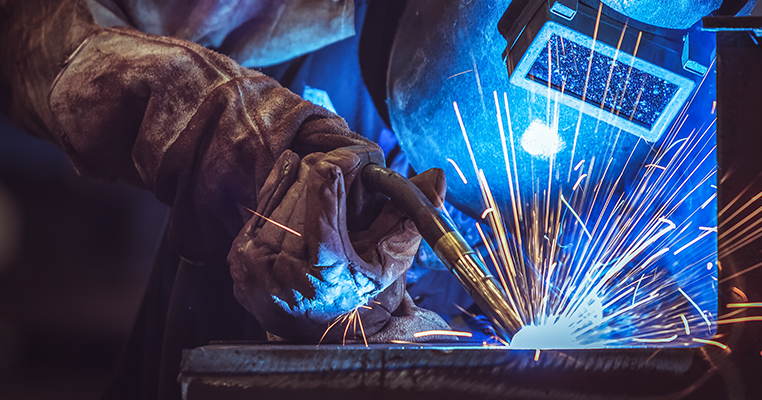Welding WPS Explained: Secret Elements and Benefits for Your Welding Processes
Welding WPS Explained: Secret Elements and Benefits for Your Welding Processes
Blog Article
The Ultimate Overview to Welding WPS Procedures: A Thorough Summary for Welders
In the elaborate world of welding, Welding Procedure Specs (WPS) offer as the foundation of making sure high quality, uniformity, and safety and security in welding procedures (welding WPS). As we dig into the different components of a WPS and explore the intricacies of qualification and accreditation, we will uncover the important role these procedures play in the world of welding.
Value of WPS Procedures
Recognizing the relevance of Welding Procedure Specs (WPS) treatments is important for making certain the top quality and stability of welded structures. WPS treatments act as a roadmap for welders, describing the required actions, criteria, and materials needed to attain an audio weld. By sticking to WPS standards, welders can make sure uniformity in their job, causing trustworthy and structurally audio welds.
Among the main reasons WPS treatments are important is their role in keeping weld high quality and stability. Complying with the defined welding specifications and methods detailed in the WPS assists prevent issues such as porosity, breaking, or incomplete fusion, which can endanger the strength and toughness of the weld. Furthermore, WPS treatments are important for ensuring conformity with sector requirements and codes. By following well established WPS guidelines, welders can demonstrate that their work fulfills the required needs for safety and top quality, offering assurance to customers, examiners, and regulative bodies. Basically, the relevance of WPS treatments can not be overstated, as they are essential to achieving consistent, high-quality welds that satisfy sector criteria and requirements.

Components of a WPS
A Welding Procedure Requirements (WPS) typically consists of necessary elements that detail the specific needs for carrying out a weld, guaranteeing consistency and quality in the welding procedure. The crucial components of a WPS consist of vital variables such as base steels, filler steels, interpass and preheat temperatures, welding processes, securing gases, welding settings, and post-weld warmth therapy demands.
Base metals describe the materials being joined, while filler metals are made use of to fill up the gap in between the base steels during welding. Preheat and interpass temperature levels are vital for controlling the warmth input and protecting against problems like fracturing or distortion. The welding process outlines the specific method to be used, whether it's gas metal arc welding (GMAW), protected metal arc welding (SMAW), or another technique. Protecting gases shield the weld swimming pool from atmospheric contamination. Welding settings define the alignments in which welding can be carried out. Post-weld warmth treatment may be required to relieve anxieties and enhance the weld's residential or commercial properties. A complete understanding of these components is vital for creating a detailed and reliable WPS.

Credentials and Qualification
Having actually established the vital parts of a Welding Treatment Spec (WPS), the emphasis currently changes in the direction of the crucial elements of credentials and qualification in welding techniques.

Qualification, on the other hand, is the official recognition of a welder's certifications by a relevant accreditation body or organization. Welding accreditations are normally based upon the details welding procedures, products, and positions a welder is qualified to deal with. Holding a valid welding qualification demonstrates that a welder fulfills industry requirements and is proficient to do welding tasks to the called for requirements.
Developing a WPS
To establish a Welding Treatment Specification (WPS) that satisfies market requirements, cautious consideration of welding procedures, materials, and operational parameters is important. The very first action in developing a WPS is to determine the welding procedure to be used, find such as gas metal arc welding (GMAW) or secured steel arc welding (SMAW)

Carrying Out and Checking WPS
Upon completing the comprehensive Welding Treatment Specification (WPS) that meticulously details welding procedures, materials, functional parameters, and quality assurance procedures, the focus moves to effectively implementing and monitoring the well-known procedures. Execution involves making certain that all welders involved in the job are familiar with the WPS and follow it meticulously throughout the welding process. Reliable implementation and monitoring of the WPS are vital for guaranteeing the honesty, strength, and safety and security of the bonded joints, ultimately contributing to the total success of the welding task.
Verdict
In conclusion, understanding and complying with Welding Treatment Specs (WPS) is vital for welders to ensure high quality, uniformity, and safety and security in their work. By recognizing the components of a WPS, acquiring correct qualifications and certifications, developing in-depth treatments, and implementing and monitoring them properly, welders can enhance their skills and efficiency in welding practices. Complying with WPS procedures is vital for generating high-quality welds and meeting market standards.
In the elaborate globe of welding, Welding Procedure Requirements (WPS) serve as the foundation of making certain quality, consistency, and security in welding procedures. The welding procedure lays out the specific technique to be used, whether it's gas steel arc welding (GMAW), protected steel arc welding (SMAW), or one more technique.To create a Welding Treatment Requirements (WPS) that fulfills sector criteria, mindful consideration of welding processes, materials, and operational parameters is important. The very first action in developing a WPS is to determine the welding process to be used, such as gas metal arc welding (GMAW) or protected metal arc welding (SMAW)Upon finalizing the extensive Welding Procedure Spec (WPS) that meticulously information welding procedures, products, operational parameters, and quality assurance measures, the emphasis changes to successfully applying and keeping track of the established treatments.
Report this page